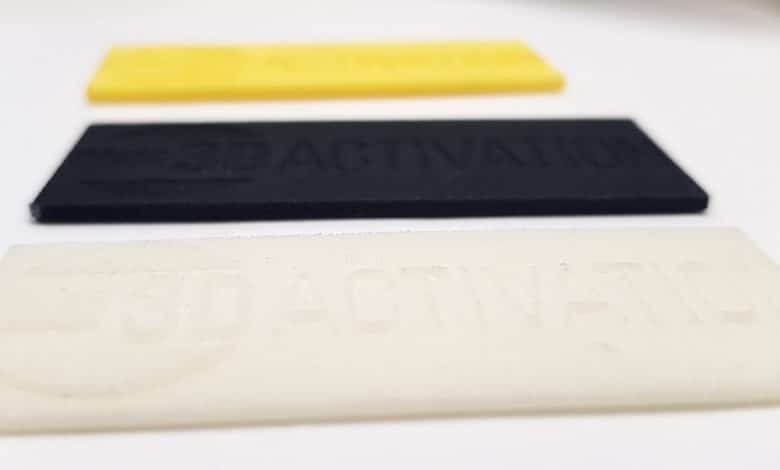
Contents
h2>What you should know about the roughness of components
The question of the roughness of components comes up again and again in industrial 3D printing, especially with regard to the post-treatment of components. In this article, we would therefore like to bring you closer to a scientific consideration of this question, namely the so-called roughness indices.
The arithmetic mean roughness
Let’s first look at the arithmetic mean roughness value Ra. This is the arithmetic mean of the magnitudes of the ordinate values of the roughness profile within a specific individual measurement section. This value represents the mean deviation of the profile from the mean line. The mean roughness value cannot differentiate between peaks and grooves, nor can it recognize different profile shapes. Its is based on strong averaging, which is why its values only scatter slightly. This has the advantage for the user that the values are easily reproducible.
The mean peak-to-valley height
The mean peak-to-valley height Rz should not be confused with the arithmetic mean peak-to-valley height Ra. This is the sum of the height of the largest profile tip and the depth of the largest profile valley within a certain individual measurement section. Rz usually results from the averaging of the results from 5 individual measurement sections. Overall, Rz reacts more sensitively to changes in surface structures than Ra.
The conversion from mean roughness value to roughness depth
Since the key figures Rz and Ra are determined differently, a direct conversion is not possible. However, one can, greatly simplified, start from the following formula: Rz = 7 * Ra.
To determine these key figures, measurements were taken on SLS and (HP)MJF printed cubes at the Technical University of Munich. This resulted in the following values:
Of course, these values are measured values that were obtained under special conditions and therefore cannot be generalized. As a guide, they still offer good support.
Much more information on materials and processes can be found on our website.
to materials

